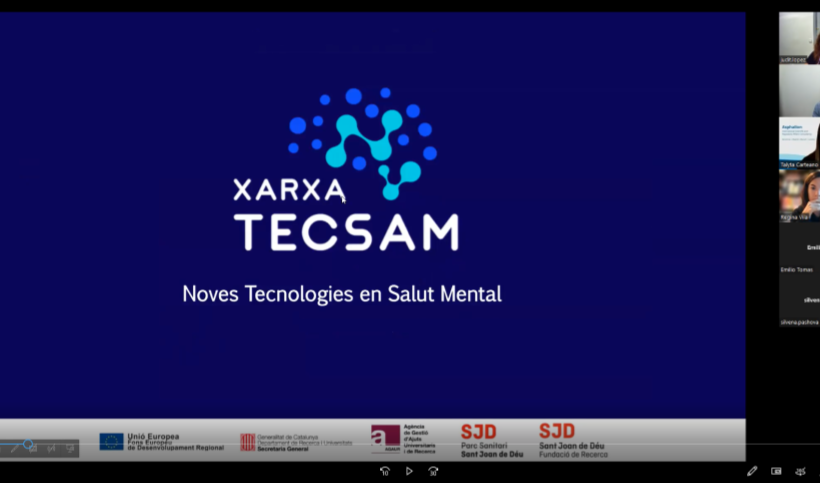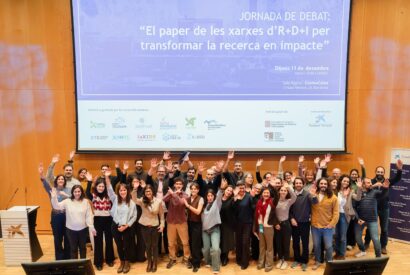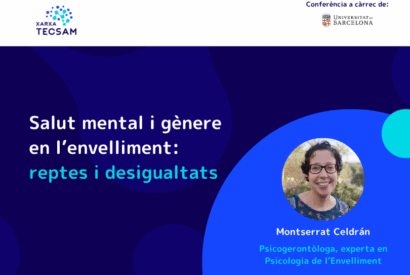The purpose of the medical device, a key element to define its regulation
How does medical device regulation work? From the hand of Talyta Carteano, an expert from Asphalion, we have been able to learn about the European regulation that governs these technologies and the process to be followed by researchers to launch them on the market, at the Network's VIII B&L. Did you miss it? Read our blog post!

Talyta Carteano, Asphalion’s expert, has shared her knowledge about regulating medical devices at the VIII Breakfast & Learn of the TECSAM Network
The purpose we describe for a medical device is one of the most important keys to defining its class. This was explained by Talyta Carteano, Medical Device Associate Director & Lead Auditor at Asphalion, a consulting firm specialized in regulatory affairs in the biotechnological, pharmaceutical and medical field, during the VIII Breakfast & Learn of the TECSAM Network, entitled “Medical devices and their regulation: What do we need to know?”.
According to this expert, two devices that monitor the same type of data may be classified into different classes depending on how the data will be used: “An application to support conception and another application to support contraception, even though they have the same functionalities, will be ranked into different classes due to their different levels of risk”, explained Cartiano.
Carteano has also drawn the path that entrepreneurs and researchers have to travel in the field of regulation, a complex and often long path. In this sense, Carteano has emphasized that regulation must be an issue that is present from the moment we begin to propose our product concept and that it must be documented for its future placing on the market: “Regulation can change how the product develops, how the prototype will be developed…”.
The speaker has also gone through the current legislation and requirements in the European Union, which has two regulations published in 2017: Medical Devices Regulation (MDR) and In Vitro Diagnostic Medical Device Regulation (IVDR).
As Carteano explained during the presentation, the CE marking demonstrates the product’s conformity with European regulations. If the marked product only has the CE label and does not include a number, this indicates that it is a self-regulated product (it has not been audited). However, researchers who develop a medical device must know the characteristics the product must meet and the legislation governing it in order to be aligned with the requirements of the health authority of their country, the Spanish Agency for Medicines and Health Products (AEMPS), in the Spanish case, and thus proceed with the marketing of its product.
Regarding the products with more risk, an external audit is necessary, which is reflected with the CE marking plus a numbering. To achieve this marking, evaluation by a notified organism is necessary. These organisms are private companies designated to certify the products and companies effectively comply with the regulation.
At the moment, there are only 29 companies that can certify medical devices, while for IVDR we find only seven. For this reason, these are very slow processes (between 12 and 18 months) that researchers must take into account, hence it is so important to have a well thought out roadmap.
With the help of Carteano, we have been able to learn about the entire process of approval of a medical device in the European framework so that the product can reach the market. A process that begins by defining the product’s viability and classification, to subsequently design the regulatory path it must follow and the certifications it needs in order to be marketed.
During the session, the attendees have been able to formulate their doubts about medical devices in regulatory matters in an open round of questions. The meeting was held in virtual format, you can consult the program of the session here.

